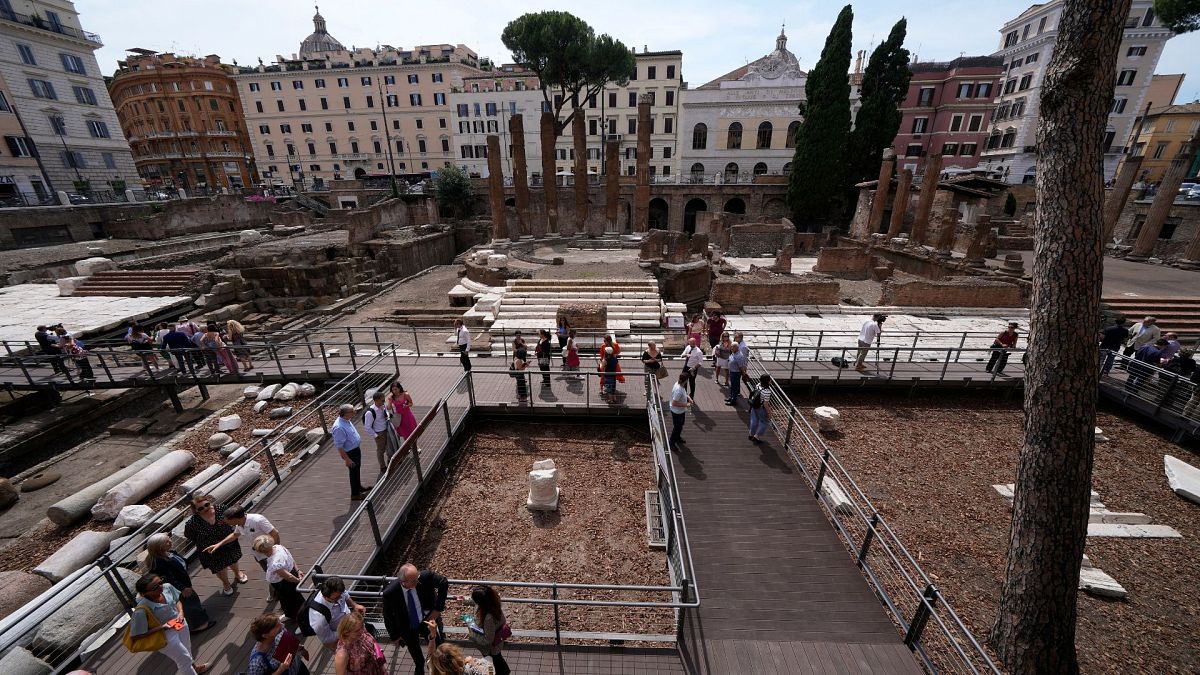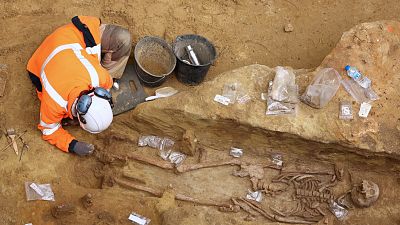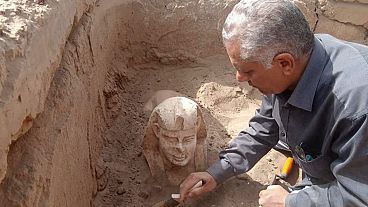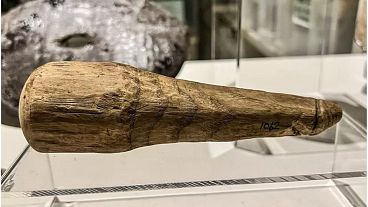Tourists and Romans can now stand for the first time in the sacred area where Julius Caesar was stabbed to death, thanks to a brand new walkway.
Four temples from ancient Rome, dating back as far as the 3rd century B.C. stand smack in the middle of one of the modern city's busiest crossroads.
For decades, practically the only ones getting a close-up view of the temples were the cats that prowl the so-called “Sacred Area,” on the edge of the site where Julius Caesar was assassinated in 44 BC.
With the help of funding from Bulgari, the luxury jeweler, the grouping of temples can now be visited by the public.
“We are in an area of great prestige, also from a historical point of view, because behind two of these temples are the back wall of an area of the Theatre of Pompey where we know, from historical sources, that Julius Caesar was assassinated, murdered right at the foot of the statue of Pompey, his opponent,” explains Claudio Parisi Presicce, Rome's top official for cultural heritage.
The Sacred Area's new wooden walkways are wheelchair- and baby-stroller-friendly.
For those who can't handle the stairs down from the sidewalk, an elevator platform is available.
The attraction is open daily except Mondays and some major holidays, with general admission tickets priced at 5 euros.
Watch the video above to see more of the historical site.



